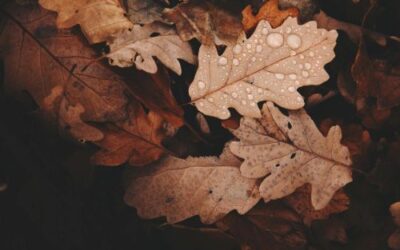As winter slowly releases its grip on Virginia, gardening enthusiasts eagerly anticipate the arrival of spring. February marks a crucial time for garden planning, and Jack’s Lawn Care & Landscaping is here to provide valuable tips tailored to Virginia’s unique climate. In this blog post, we’ll delve into Jack’s tips for a colorful Spring and to ensure your garden thrives as the temperatures begin to rise.
Assess Your Garden
February is the ideal time to take a stroll through your garden and assess its condition. Look for signs of winter damage, such as broken branches or frostbitten foliage. Clear away any debris and evaluate the overall layout. Identifying areas that may need special attention sets the stage for a successful spring garden.
Soil Preparation
Virginia’s diverse soils require specific attention. Start by conducting a soil test to understand its composition and nutrient levels. You can actually send soil samples to local extension services for analysis. Based on the results, you can amend the soil with organic matter or fertilizers, ensuring an optimal environment for plant growth.
Choose Virginia-Friendly Plants
Selecting plants well-suited to Virginia’s climate is crucial for a thriving garden. Consider native species that are adapted to the local conditions. Jack’s Lawn Care suggests incorporating Virginia Bluebells, Virginia Sweetspire, and Cardinal Flower for vibrant blooms that complement the state’s natural beauty.
Create a Planting Calendar
Planning your planting schedule is essential for a continuous burst of color throughout the spring and beyond. Jack’s experts recommend researching the ideal planting times for various flowers, shrubs, and vegetables in Virginia. Factor in the last expected frost date and aim for a staggered planting approach to extend the blooming period.
Pruning for Health and Shape
February is the opportune time to prune deciduous trees and shrubs before the onset of new growth. Remove dead or damaged branches to promote overall plant health. Jack’s team advises shaping shrubs for aesthetic appeal and ensuring proper sunlight penetration to all areas of the garden.
Mulching for Moisture and Temperature Regulation
Applying a layer of mulch in February offers numerous benefits for Virginia gardens. Mulch helps retain soil moisture, regulates soil temperature, and suppresses weeds. Choose organic mulch materials like straw, wood chips, or shredded leaves, which also contribute to soil enrichment as they break down.
Consider Cool-Season Vegetables
Embrace the mild Virginia winter by incorporating cool-season vegetables into your garden. February is an excellent time to plant crops like lettuce, spinach, and kale. Jack’s Lawn Care suggests these vegetables, as they not only provide a practical harvest, but also add texture and color diversity to your garden.
Protect Against Late Frost
While Virginia experiences a warming trend in February, the occasional late frost can still occur. Be prepared to protect delicate plants by covering them with frost cloth or using row covers on particularly cold nights. Monitoring local weather forecasts ensures you’re ready for any unexpected temperature drops.
Consult Jack’s Lawn Care & Landscaping
For personalized guidance tailored to your individual garden, consult with the experts at Jack’s Lawn Care & Landscaping. Our team understands the intricacies of Virginia’s climate and can provide recommendations for plant selection, care, and maintenance to ensure a colorful and flourishing spring garden.
With these February garden planning tips from Jack’s Lawn Care & Landscaping, you’re well on your way to cultivating a garden that bursts with color and vitality as spring unfolds in Virginia. From assessing your garden and preparing the soil to choosing the right plants, each step contributes to a successful gardening season. Trust Jack’s expertise to transform your vision of a colorful spring garden into a vibrant reality, creating a garden that will be the pride of your community. Contact us today to learn more!



